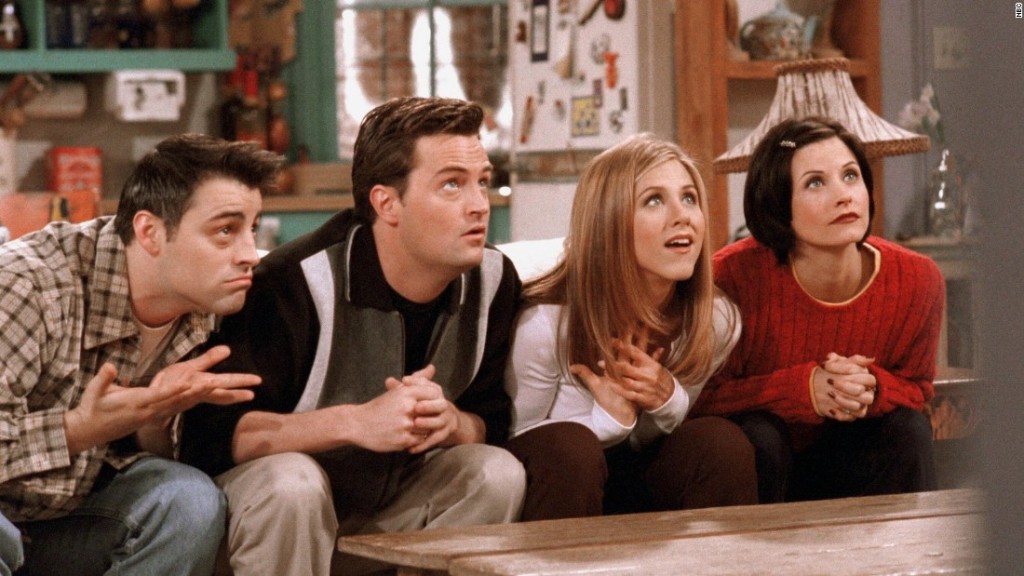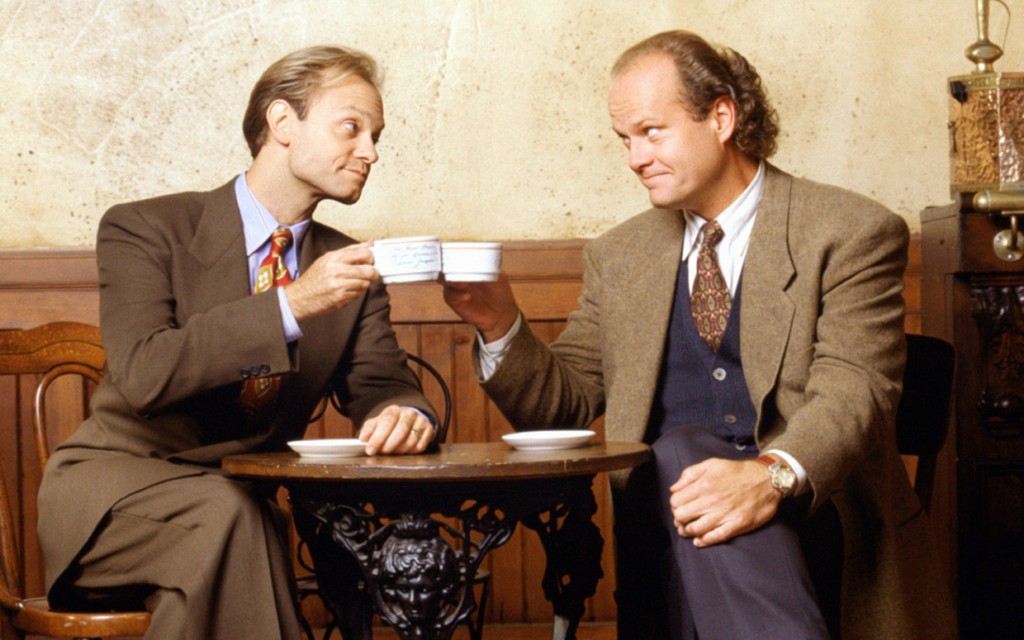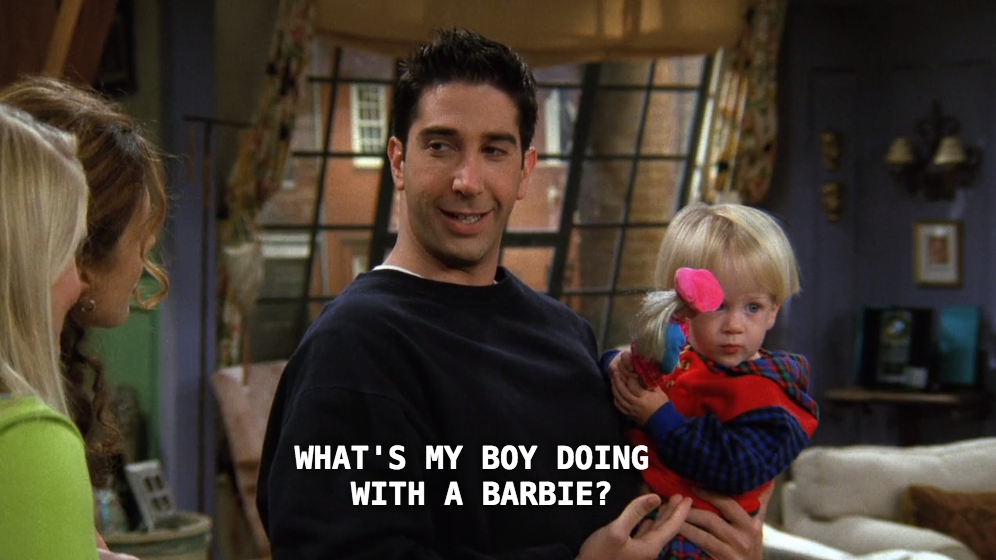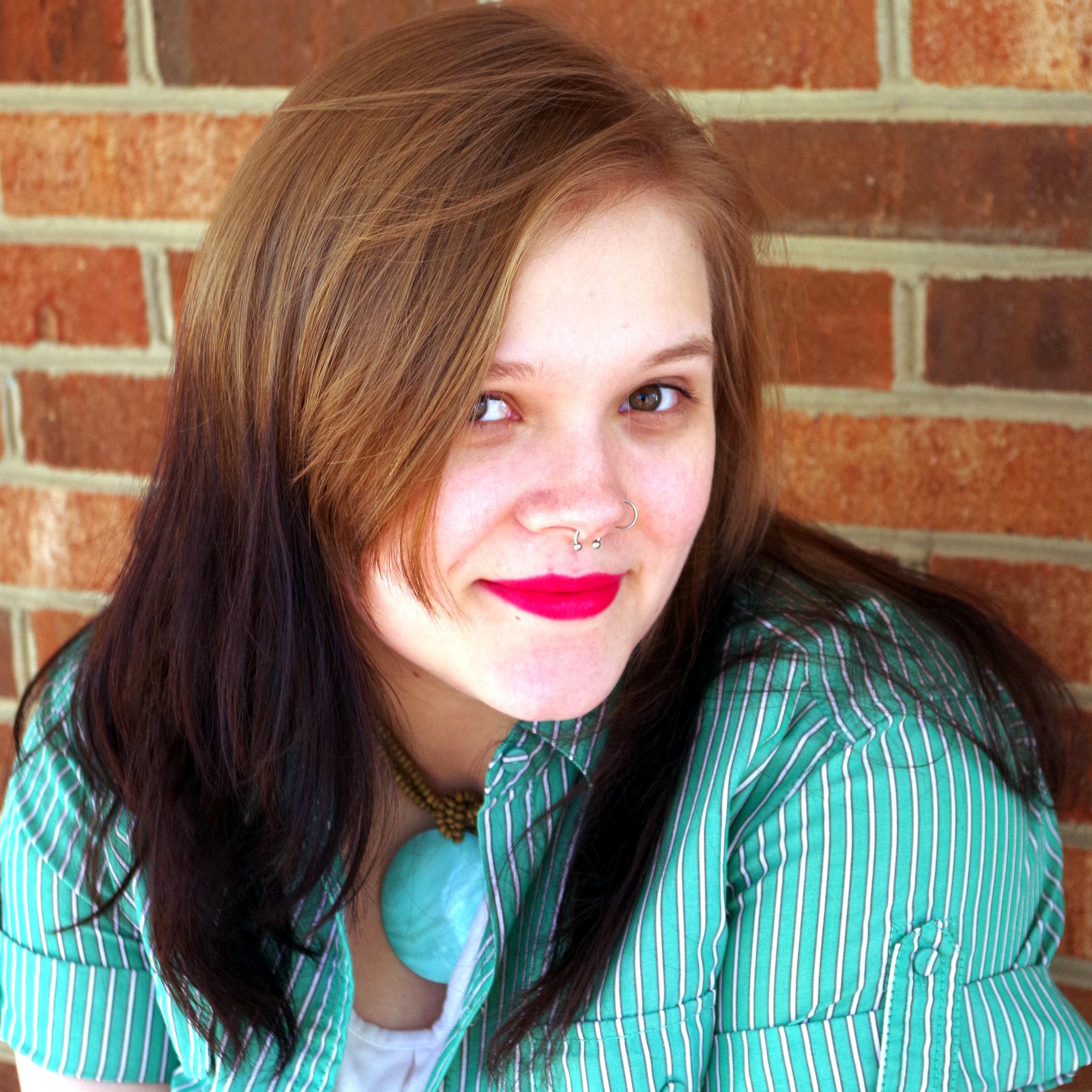MY FAMILY HAS ALWAYS WATCHED A FAIR AMOUNT OF TELEVISION, but we were never devoted followers of any program until just a few years ago. Fast forward a few years, and all the 1990s television shows I missed out on watching as a child are ready to stream at the click of a remote. Although we had never watched the series before it went to syndication, my mother and I took to binge-watching Frasier, then Friends. With access to HBO’s streaming services, I buffed my pop-culture awareness by tuning into Sex and the City.
As much as I enjoy these series, it didn’t take long to notice a few disheartening trends. Not one of these shows features a person of color as a series regular, despite the fact that two of them are set in New York City. When POCs do get screentime, they’re often painfully stereotypical. And before you assume that maybe we just weren’t OK with racially-diverse casting in the ‘90s, remember that Family Matters, Sister-Sister, Moesha, Living Single, and The Fresh Prince of Bel-Air — among many others — all ran concurrently with Frasier, Friends, and Sex and the City.
How far have we really come in the last 20 years or so? Let’s take a look at these ‘90s TV shows to see.
Frasier (1993-2004)
In addition to the carousel of the title character’s ill-fated romantic interests, this Cheers spin-off features two women, Daphne and Roz, in its main cast. A third, Maris, goes unseen and unheard for the majority of the series, and her quirks — which include social anxiety and eating disorders — are used as joke fodder, and go unaddressed by the show’s psychiatrist leads.
Daphne and Roz are frequently dismissed by the Cranes. Because Daphne considers herself psychic, Frasier is unable to take her seriously, and ignores the fact that her predictions are generally correct. Frasier and his brother, Niles, use Roz’s sex life to silence and discredit her.
Whenever a female character’s mother comes into the picture, she’s presented as an overbearing harpy. This is the case with Daphne, Dr. Nora, and Ronee, and — to a lesser extent — with Frasier himself, as shown when his mental impression of Hester makes an appearance in “Don Juan in Hell, Part 2.”
Frasier frequently derives laughs from the assumption that the Cranes are gay, due to their expensive tastes and cautious habits. Despite being professional men in a field that stopped treating non-heterosexuality as a disease some 20 years earlier, Frasier and Niles fear being mistaken for gay, and show aversion to non-conventional sexual practices.
Friends (1994-2004)
On the surface, Friends appears to be a great show. It doesn’t require its female characters to subscribe to outmoded gender roles, and allows them to have friendships and sexual relationships with the male characters, while not forcing their lives to revolve around them.
The major problem with Friends is Ross. He’s the embodiment of male entitlement: a sad-sack with three failed marriages who fails to acknowledge the feelings and contributions of the women around him.
When his son, Ben, is born — to his lesbian-after-marriage ex-wife, Carol — Ross refuses to accept that her partner, Susan, will be one of the boy’s parents. He later abandons Ben after having a second child, Emma, with Rachel.
Ross’ pining for Rachel leads Joey to dub him the “mayor of the friendzone.” He ignores Rachel’s feelings about his sexual escapades during their short-lived “break,” and paints her anger as irrational.
Aside from Ross’ toxicity, Friends also suffers from raging homophobia. The show’s ill-informed humor often conflates homosexuality with transvestism and being transgender. The male protagonists refuse to befriend gay men, and Chandler refuses to send his own father — a famous drag queen — a wedding invitation.
Sex and the City (1998-2004)
The show that’s all about successful thirtysomethings having sex has big problems when it comes to its depiction of LGBTQ individuals. When Samantha moves into an area dominated by sex workers, she has no problem throwing around transphobic slurs, and even abuses the women by pouring water on them from her window.
Sex and the City portrays bisexuals as free-loving hippies who have massive orgies and ask non-bi folk to participate. It perpetuates the myth that bisexuals are promiscuous and incapable of monogamy, and paints Carrie’s unwillingness to take part as a quality of her maturity. Click here to watch Carrie and Co. put their heteronormative feet in their cisgender mouths when talking about bisexuality in “Boy, Girl, Boy, Girl…”.
In all of the above, these ‘90s TV shows pretend their jokes are OK. Yes, there are plenty of laughs to be had at the expense of the shows’ protagonists, but many of them hinge on harmful assumptions about others.
As an alternative to the above, consider watching Orange Is the New Black, Modern Family, or The Fosters. Mainstream television may not have come far in providing fair representation to the LGBTQ community, but its a far cry from what we once had.









-300x169.jpg)










